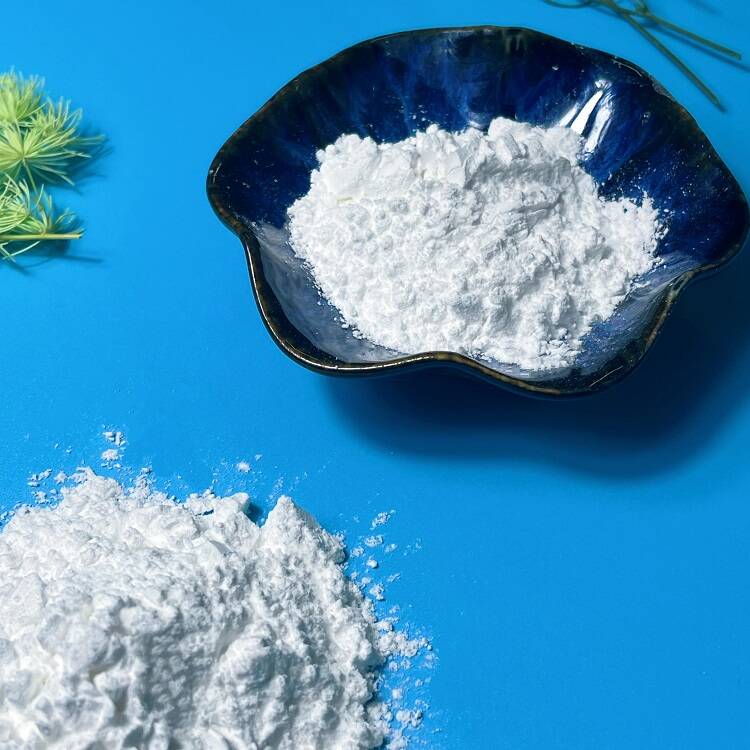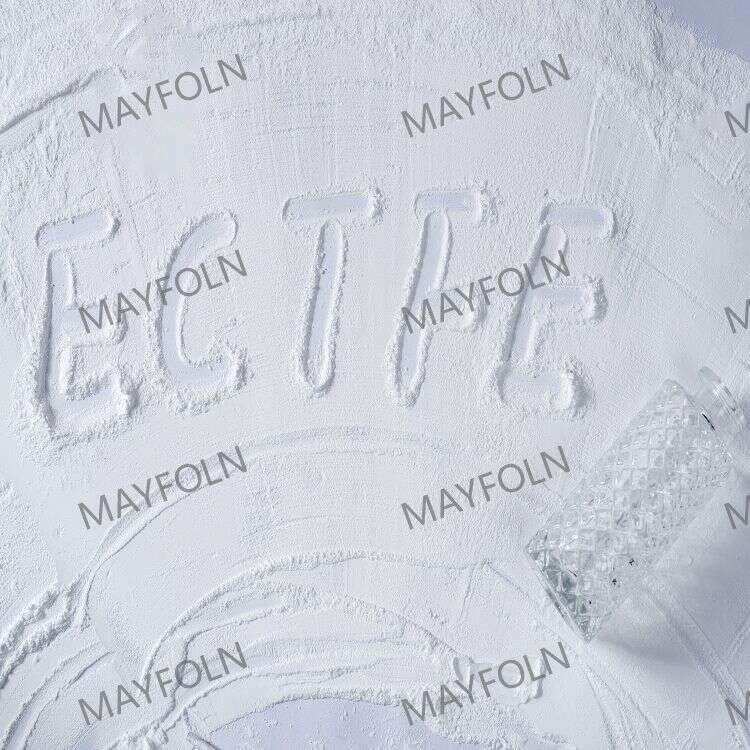-
Categories
-
Pharmaceutical Intermediates
-
Active Pharmaceutical Ingredients
-
Food Additives
- Industrial Coatings
- Agrochemicals
- Dyes and Pigments
- Surfactant
- Flavors and Fragrances
- Chemical Reagents
- Catalyst and Auxiliary
- Natural Products
- Inorganic Chemistry
-
Organic Chemistry
-
Biochemical Engineering
- Analytical Chemistry
-
Cosmetic Ingredient
- Water Treatment Chemical
-
Pharmaceutical Intermediates
Promotion
ECHEMI Mall
Wholesale
Weekly Price
Exhibition
News
-
Trade Service
as can be seen from Figure 4, although the types of membrane additives are different, but its effect on emulsion MFT trend is about the same: the MFT of emulsion with the increase in the amount of film additives decreased; Three-layer nucleus/shell polyacrylate emulsion has a unique particle microstructure design, film-forming additives are basically dispersed in the outer part of latex particles, can not only ensure the smooth film-forming of the emulsion, but also maintain the high glass temperature of the core, thus providing better mechanical properties of the paint film (hardness, wear resistance, etc.), under the same conditions, due to the film-forming additive main components of the different effects on the emulsion system MFT. Among them, DEE's reduction effect is most significant, followed by DPNB, the addition of Textanol and 795 emulsions its film-forming temperature reduction trend is slightly flat.
2.3.2 The effect of different film-forming additives on the hardness of the coatingThe effect of film-forming additives on the hardness of water-based coating coating mainly depends on two factors: First, the migration rate of film-forming additives in coating film; The second is the rate at which film-forming additives evaporate into the air. According to literature , regardless of the water solubility of the film-forming additive , its content in the coating film can vary in two stages . In the first stage, the content of film-forming additives decreased rapidly, film-forming additives on the one hand evaporated outside the coating film, on the other hand, with the decrease of moisture correspondingly increased concentration, and migration to the polymer particle internal osmosis. In the second stage, the decreasing speed of film-forming additive content becomes very slow, this is due to the film-forming additives from the film internal outward evaporation, with the migration of film-forming additives, the glass temperature of the polymer membrane gradually increased, so the film-forming additive molecules gradually slowed outward migration.figure 5 is a sample of 5% of the total paint amount of film additives in multi-layer nuclear/shell acrylic emulsion, and the results obtained by measuring the hardness of the coating film change over time.For different film-forming additive systems, over time extension, film-forming additives continue to evaporate and migrate out of the coating, film hardness gradually increased, and the slower the late film-forming additive migration speed, the slower the hardness of the paint film rise, but different varieties of film-forming additives this process is slightly different. From the test results, the coating hardness increased faster is DEE, DPNB, and the use of 795 and Textanol system coating hardness increased more slowly. The change of film hardness also reflects the rate of migration of film-forming additives in the system and the speed of evaporation in air. The volatility rate is consistent with the boiling point of the system, such as 795, Texanol volatility is slow, hardness rises slowly. Conversely, systems with low boiling point, such as DEE and DPNB, evaporate quickly and hardness rise faster.2.3.3 Effects of different film-forming additives on the comprehensive properties of emulsion coatings and lacquer film Figure 6 is a photo of an atomic microscope (AFM) of the microstructure of the lacquer film.As can be seen from Figure 6, with the evaporation of water, the outer layer of latex particles softens and deforms under the effect of film additives, the particles merge into a continuous phase (the darker part between the particles in the figure), while the hard core form with high Tg does not change significantly (the lighter part of the color in the figure), forming a multi-component multiphemy polymer alloy paint film on the nanoscale, thus ensuring that the paint film has a better mechanical strength. Table 2 is part of the test results on the effect of different film-forming additives on emulsion and its paint film performance.
table 2 film additive type of emulsion and paint film performance test resultsAs can be seen from Table 2, the type of membrane additive has a significant effect on the viscosity of the emulsion, which is mainly caused by the different water solubility of the film aid in the emulsion system. Membrane additives with poor water solubility are more dispersed in the polymer, softening the polymer particles, thus making the system more viscous. In the test results of water resistance at room temperature, the paint film of the DEE system has the whitening phenomenon, probably due to the DEE volatility speed is too fast, did not provide sufficient film-forming time, so that latex particles can not be well fused into dense paint film, the result is that water molecules easily invade the particle gap and appear white phenomenon. The test results on the storage stability of emulsion and the performance of lacquer film show that the effects of these film-forming additives are not obvious.3 Conclusions film-forming additives play an extremely important role in water-based coatings. In the multi-layer core / shell acrylic emulsion to add different kinds of film-forming additives, by evaluating the effect of film-forming additives on emulsion and paint film performance can be seen, DEE because of its low boiling point, so can make the hardness of the paint film after the film in a short period of time to rise faster, suitable for shorter construction cycle, and the same amount, DEE to reduce the system film temperature efficiency is higher; DPNB and Textanol and 795 are more favorable for the fusion of latex particles in lotion, resulting in better denseness of the paint film, good water resistance. Depending on the application conditions, different types of film-forming additives, or different types of film-forming additives can be used together, you can get a comprehensive performance excellent water-based wood coating.






